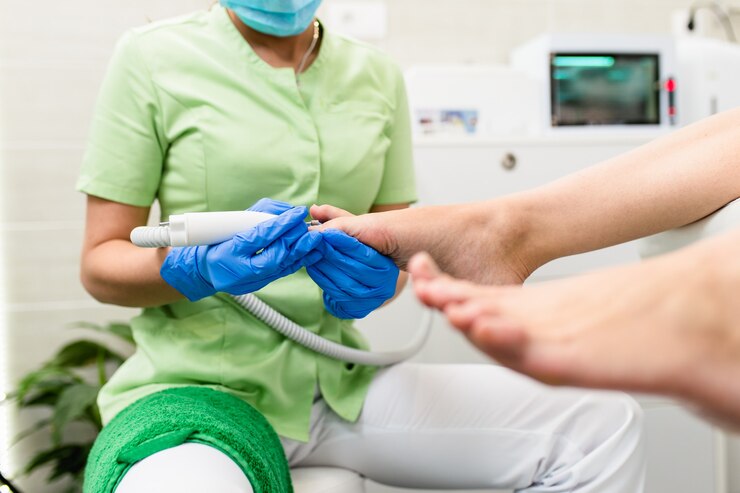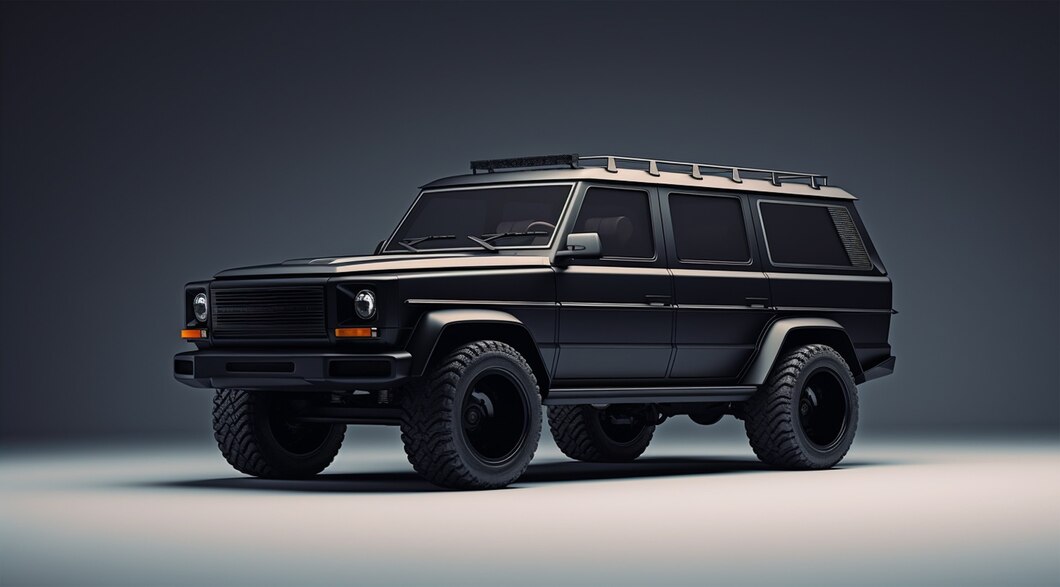Mig Welding for Automotive Repairs
Introduction to Mig Welding
If you’re an automobile owner, you know that wear and tear come with the territory. From fender benders to rusted out parts, your car will need repairs over time. And when those repairs involve welding or replacing metal components, Mig welding is a great option. Not only is it easy to learn but also cost-effective as compared to other methods of welding available in the market. In this blog post, we’ll guide you through all things Mig Welding for Automotive Repairs- from setting up your equipment to troubleshooting common problems during the process. So let’s get started!
Setting up Your Mig Welder
Setting up your Mig Welder can be a bit overwhelming, especially if you’re new to welding. The good news is that once you learn how to set it up properly, you’ll be able to weld like a pro in no time!
The first step in setting up your Mig Welder is selecting the right type of wire for your project. For automotive repairs, it’s recommended to use .023 or .030 diameter wire with either ER70S-3 or ER70S-6 filler material.
Next, make sure that the polarity on your welder matches the type of wire you’ve chosen. This means switching between DCEN (direct current electrode negative) and DCEP (direct current electrode positive).
Once you have selected your wire and adjusted the polarity on your welder, it’s time to set the voltage and wire feed speed. Keep in mind that these settings will vary depending on the thickness of metal you’re working with.
Don’t forget about safety! Wear protective gear such as gloves, goggles and a welding helmet before starting any welding projects.
By following these simple steps for setting up your Mig Welder correctly, you’ll be well on your way towards achieving high-quality automotive repairs, mig welder is always helpful.
Automotive Mig Welding Techniques
When it comes to automotive repairs, Mig welding technique is a popular method that offers many benefits. It’s fast, efficient and cost-effective compared to other methods.
One of the most important aspects of Mig welding for automotive repairs is proper preparation. The surfaces must be cleaned thoroughly, free from rust, dirt or grease. This ensures that you get a strong bond between the metals.
Another tip when using Mig welder for automobiles is choosing the right wire size according to the thickness of metal being welded. Generally speaking, thicker metals require thicker wires while thinner ones need thin wires.
The speed at which you move your welding gun also matters in achieving high-quality results with Mig welding techniques. You should maintain a consistent pace throughout the process to avoid overheating and warping issues.
Moreover, controlling your heat input will help prevent burn-throughs on thin materials or leaving cold lap on thick ones. It’s essential to know how much heat each material needs so as not to compromise its structural integrity during repair work.
Mastering Automotive Mig Welding Techniques takes practice and patience but once perfected; it can save time and money in automobile repair works while ensuring lasting strength and durability for car parts that have been repaired with this technique.
 English
English 




























































































































































